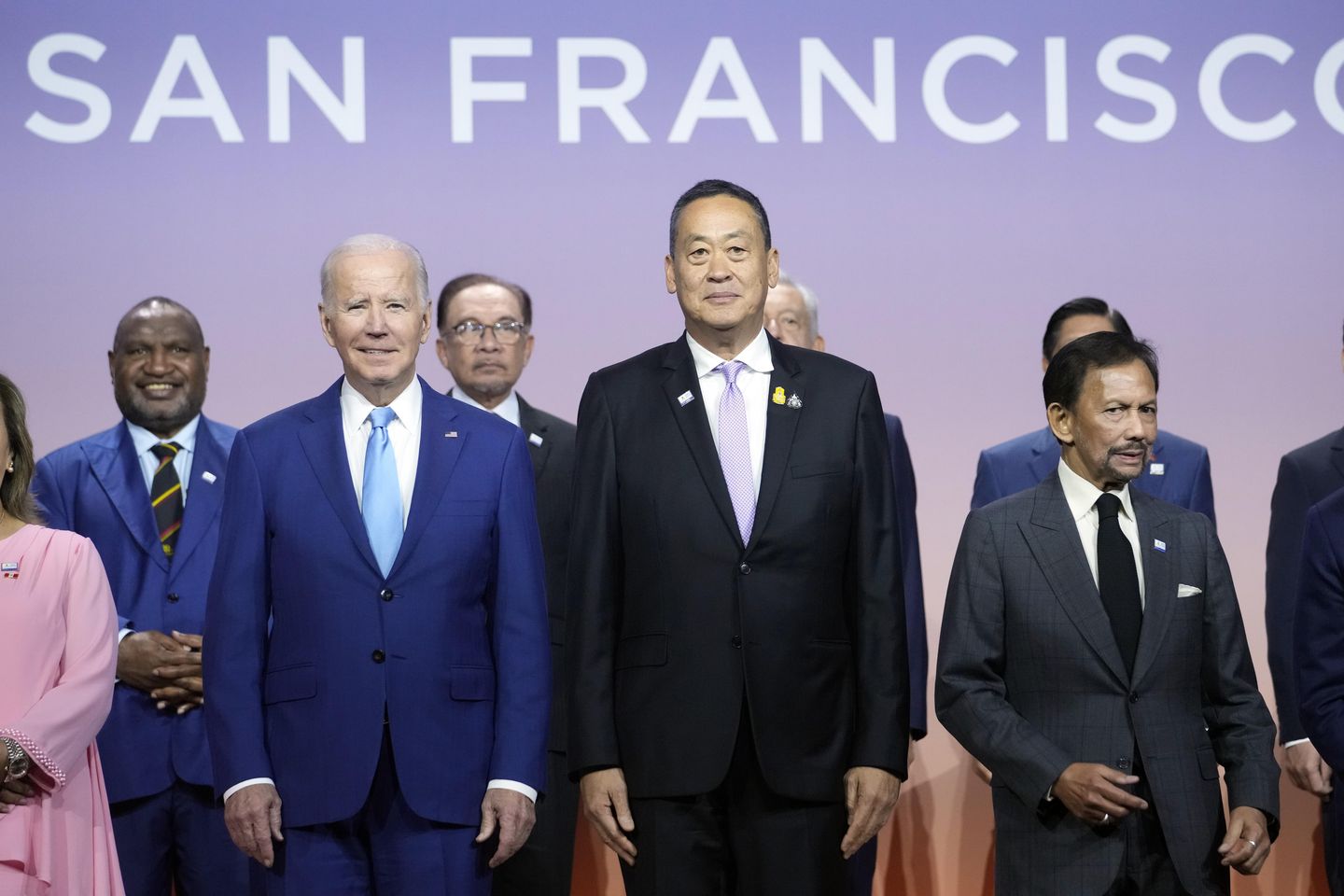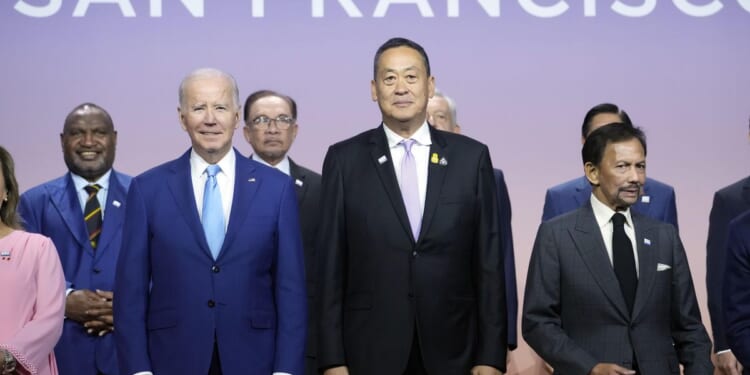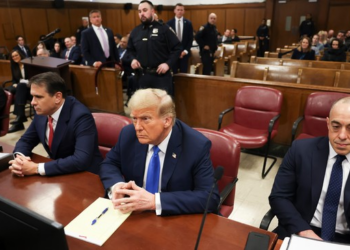
BANGKOK, Thailand — In the Great Game for influence in a key Southeast Asian country, China may soon have a “bridge” to sell.
In search of international capital, the Thai government is actively wooing China to help build a long-sought east-west highway and railway “Land Bridge” bisecting the country, linking the Andaman Sea and Gulf of Thailand as a shortcut for oil and other international cargo that currently must sail further south via Singapore and the Malacca Strait.
Inland southern China could then also use existing north-south roads and rails to enable Chinese overland access, for the first time, to southern Thailand’s two planned deep-sea ports on the Andaman and Gulf coasts, opening westward to the Indian Ocean and east to the Pacific.
The price tag for the project (for now): an estimated $28 billion. Bangkok has also reached out to U.S., European and Asian countries looking for investors for the project. The Voice of America reported late last year that Thai Transport Minister Suriya Juangroongruangkit had heard from more than 10 American companies expressing an interest, including e-commerce giant Amazon, although no deals have been done.
In an extended “road show” for potential investors, Thai officials pitch the Land Bridge plan as a faster, shorter, cheaper route for international shipping compared to the narrow, congested, southern Strait of Malacca wedged between Singapore and Indonesia, one of the great chokepoints along one of the world’s most strategic commercial waterways.
Not usually said out loud is that the proposed Land Bridge could also become an alternative route if hostilities erupt in the region and the Malacca Strait is blockaded.
Thailand, anxious not to get caught in a tug-of-war between the U.S., a longtime ally, and China, the rising regional power and the country’s single biggest trading partner, insists the project is based on economics, not power politics.
“The government conducted this megaproject with the current geopolitical scene in mind, as the country has no conflicts with other nations,” Thai Prime Minister Srettha Thavisin told Parliament on Jan. 4.
Many of the international ships passing Singapore carry Middle Eastern oil and other products to energy-ravenous China, Japan, South Korea, Taiwan, the Philippines and elsewhere in the Pacific.
The Beijing-headquartered Asian Infrastructure Investment Bank (AIIB) “really likes our policy, particularly the Land Bridge project, which I am confident they will take part in,” the prime minister said after meeting the AIIB president earlier this month, the Bangkok Post reported Feb. 4.
A ‘megaproject roadshow’
Bangkok plans to send “a Land Bridge megaproject roadshow” headed by the transportation ministry to China in March, hoping to attract Chinese government and private investment to the 160-mile-long project, which would include gas and oil pipelines, warehouses and other infrastructure.
The ministry was expected to give a detailed report about the Land Bridge to the Chinese Embassy in Bangkok by the end of this month to prepare for the roadshow, the Bangkok Post reported.
If built, the Land Bridge would be open to worldwide shipping, officials said.
“Today, the world collaborates, not just competes,” said Deputy Prime Minister and Interior Minister Anutin Charnvirakul.
Chinese Foreign Minister Wang Yi recently visited Thailand and expressed interest in the project, Mr. Srettha said. Beijing has traditionally favored a Panama Canal-style waterway across the narrow Thai peninsula.
Last month at the World Economic Forum in Davos, Switzerland, the Thai prime minister described the plan to U.S., Japanese, and other potential investors, including Sultan Ahmed bin Sulayem, CEO of Dubai Port (DP) World, a logistics company based in the United Arab Emirates.
As a result, Transportation Minister Suriya will go to Dubai soon to meet DP officials, Mr. Srettha said.
“The key factor that makes the investors interested in the project is the 10% internal rate of return they will receive from the project,” Mr. Suriya said.
Among foreign shippers, China could increase its international market prowess the most by using the Land Bridge, since most of its exports to Europe currently sail the longer route through the Malacca Strait.
It could also provide a boost for the vaunted “Belt and Road Initiative” launched by President Xi Jinping, an ambitious global infrastructure financing program that has been hit in recent times by logistical and financing problems and rising skepticism among countries that signed on with Beijing.
The Land Bridge’s 60-mile route would connect Ranong port, on southwest Thailand’s Andaman Sea, with Chumphon port on the southeast coast along the Gulf of Thailand. Railway stations and coast-to-coast train facilities would be built while construction crews lay a modern highway across rocky hills and jungles to service the two seaports.
On each coast, cargo ships would end their journey, dock, and unload their goods onto waiting trains and trucks.
The cargo would cross Thailand to the opposite coast, where the goods would be loaded onto ships that start their journey in that port.
The Land Bridge’s east coast port, Chumphon, is close to Thailand’s international investor-friendly Eastern Economic Cooridor (EEC), designed to attract high-tech industries.
U-Tapao International Airport and Thailand’s busiest deep-sea port at Laem Chabang, in Chon Buri province, are also near Chumphon’s seaport on the Gulf of Thailand.
Dubai Ports is reportedly a shareholder in a joint container terminal venture at Laem Chabang International Terminal.
Mr. Srettha continues to make the rounds trying to attract interest for the project, even using last year’s APEC summit hosted by President Biden in San Francisco to make his pitch. A nibble from China could have big geopolitical consequences.
“If China indeed supports and invests in the Land Bridge, China can gain more economic presence in southern Thailand — and this will benefit the Chinese side in the competition with the U.S,” Thai scholar Termsak Chalermpalanupap, visiting fellow Singapore’s ISEAS-Yusof Ishak Institute, told the VOA.
“This is why PM Srettha is also trying to sell [it] in San Francisco recently,” he added.












